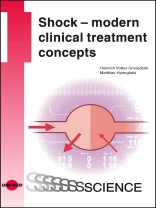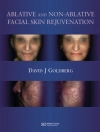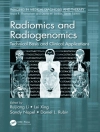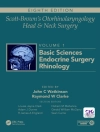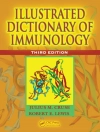Patients in shock represent a major challenge in daily acute medical care. Therefore, a basic understanding of its pathophysiology and resulting pharmacology is necessary in order to treat these critically ill patients in a targeted manner and thus to ensure high-quality care.
The aim of this textbook is to present this understanding in a didactically helpful and technically up-to-date state, taking into account the scientific evidence and conveying modern therapy concepts that can be used in everyday practice.
表中的内容
1. Physiological basics of circulatory regulation 12
1.1. Introduction 12
1.2. Regulation of organ blood flow 12
1.2.1. General principles 12
1.2.2. Biochemical principles 13
1.2.3. Physiological basics 15
1.3. Importance of the autonomic nervous system in cardiovascular regulation 20
1.3.1. Neurotransmitters and hormones 21
1.3.1.1. Neurotransmitters 21
1.3.1.2. Hormones 22
1.3.2. Specific types of receptors 22
1.3.3. Sympathetic nervous system 23
1.3.4. Parasympathetic nervous system 23
1.4. Conclusion 24
2. General response of the body to a circulatory disorder 26
2.1. Cardiovascular system 26
2.2. Inflammation and organ dysfunction 26
2.3. The inter-organ crosstalk concept 27
2.4. Compensatory mechanisms of the organism 28
2.5. References 28
3. Pharmacological basics 30
3.1. Introduction 30
3.1.1. Preload and afterload 30
3.1.2. Mechanical and electrophysiological criteria of cardiac activity 31
3.2. Adrenaline 32
3.2.1. Basics 32
3.2.2. Medical use of adrenaline 33
3.3. Noradrenaline 33
3.3.1. Basics 33
3.3.2. Medical use of noradrenaline 33
3.4. Dobutamine 33
3.4.1. Basics 33
3.4.2. Medical use of dobutamine 34
3.5. Dopamine 34
3.5.1. Basics 34
3.5.2. Medical use of dopamine 34
3.6. Vasopressin 34
3.6.1. Basics 34
3.6.2. Medical use of vasopressin 35
3.7. Terlipressin 35
3.8. Selepressin 35
3.9. Angiotensin 36
3.10. Levosimendan 37
3.11. Milrinon 37
3.12. Methylene blue 37
3.13. Adrecizumab 38
4. Shock as medical emergency 40
4.1. Definition and pathophysiology of shock 40
4.1.1. Definition 40
4.1.2. Centralisation of blood circulation 40
4.1.2.1. Consequences for metabolism 41
4.1.2.2. Consequences for coagulation and hemostasis 41
4.2. Diagnostics in questionable shock 43
4.3. Types of shock 46
4.3.1. Hypovolemic shock 48
4.3.1.1. Pathophysiology 48
4.3.1.2. Diagnostics 49
4.3.1.3. Treatment options 49
4.3.2. Distributive shock 50
4.3.2.1. Pathophysiology 51
4.3.2.2. Diagnostics 52
4.3.2.3. Treatment options 53
4.3.3. Cardiogenic shock 54
4.3.3.1. Pathophysiology 55
4.3.3.2. Diagnostics 55
4.3.3.3. Treatment options 55
4.3.4. Obstructive shock 56
4.3.4.1. Pathophysiology 56
4.3.4.2. Diagnostics 56
4.3.4.3. Treatment options 56
4.3.5. Special type: vasoplegia 57
4.3.5.1. Pathophysiology 57
4.3.5.2. Diagnostics 58
4.3.5.3. Treatment options 58
4.4. References 58
5. Concept of decatecholaminisation 64
5.1. Basics and theoretical concept 64
5.2. Concepts for medical practice 65
5.2.1. Cadiac surgery 65
5.2.2. Patients with sepsis 67
5.3. Angiotensin II 68
5.4. Methylene blue 68
5.5. Conclusion 68
5.6. References 69
6. Summary and conclusion 72
7. Abbreviations 74
Index 76
